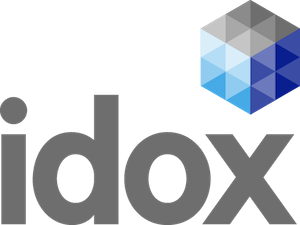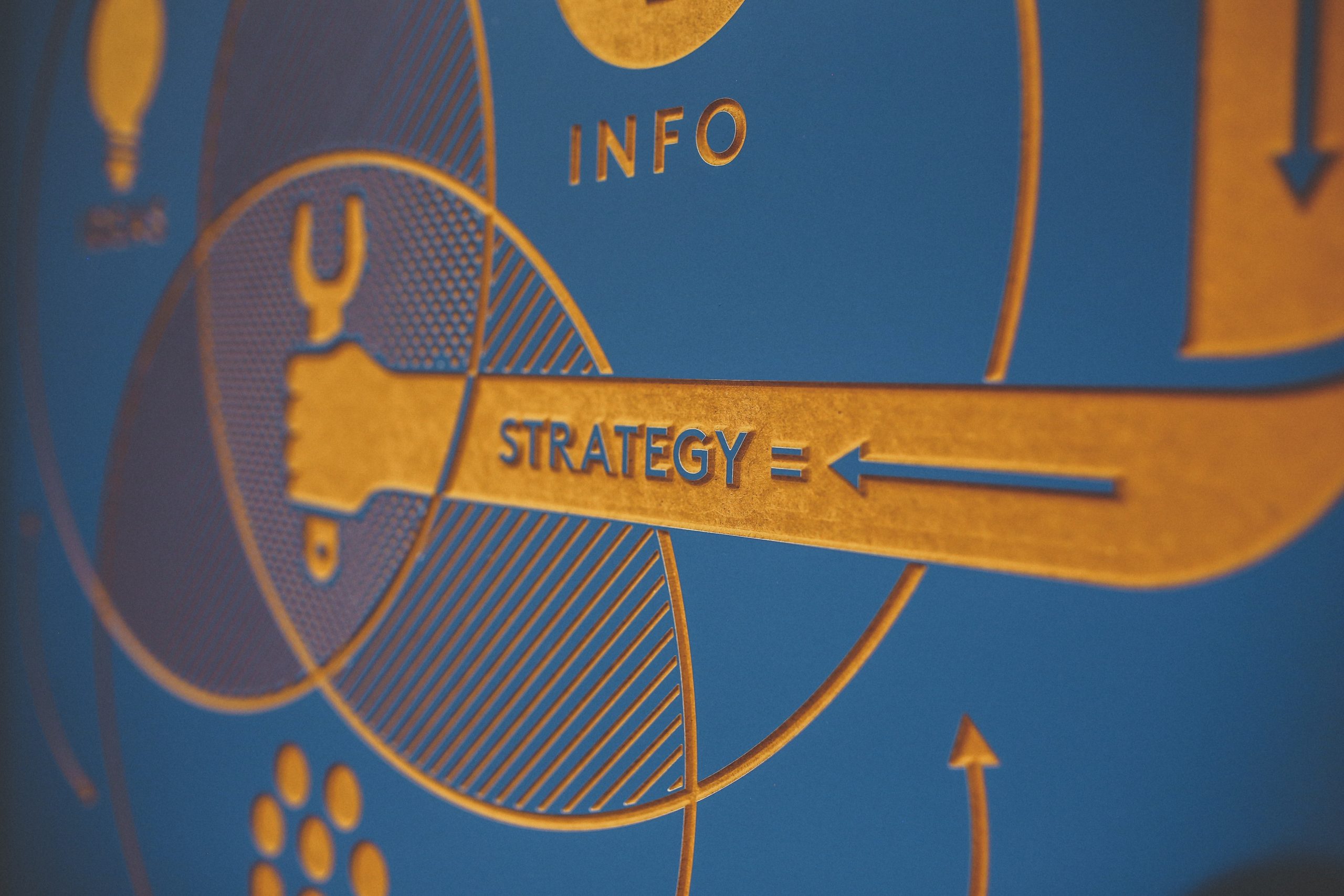The Strategy of Impact
In November 2019, RESEARCHconnect joined over 200 professionals from across the international research sector at the British Library in London for the 2019 researchfish Strategy of Impact Conference. The one-day event brought together funders, charities, research organisations, universities, researchers and consultants to explore the importance of not only tracking research, but measuring its impact and implications.
The main objectives of the conference were to ask consider: what the research community can do to further enable understanding and thereby improve the research process; how can the sector can enable collaboration and data sharing; and to identify thesome tangible next steps for the whole research community.
This article looks at the central messages from the conference’s four keynote speakers and how their experience and perspectives can help shape the future of how the research sector approaches measuring impact.
Mathematical Models for Social and Economic Impact
Sir Alan Wilson, Director of Special Projects of The Alan Turing Institute, spoke about how his research field covers many aspects of mathematical modelling of cities and the use of these models in planning. A mathematician with decades of experience researching in the social sciences, Sir Alan suggested mathematical models of real socio-economic systems and the science of these systems of interest could be used to explore real challenges and solutions and, therefore, real impacts.
Introducing the concept of a generic ‘learning machine’, Sir Alan explained that data-driven science previously successful in retail and city planning has been recently adopted by both the British Heart Foundation and Cystic Fibrosis Trust to develop new treatment models. As a generic model, this could theoretically be adapted across a range of sectors and applications such as offender pathways, individual flows though the social care system or education (from primary to life-long learning) to measure impact.
Arguing that applied data science and AI can provide the routes to ongoing funding, but have ‘barely’ begun to be adopted by the research community, Sir Alan set a theme that resonated through the day, by concluding that more ‘research on research’ was needed by the sector.
Measuring Research Impact: A View from Both Sides of the Fence
Sir Jim Smith, Director of the Wellcome Science Review and Visiting Group Leader at the Francis Crick Institute, brought a unique perspective to proceedings, having worked on ‘both sides of the fence’ as a scientist seeking research funding and now as a funder currently leading an plan to review how the Wellcome Trust supports science to ensure the best possible advances in scientific knowledge and health.
Offering an insight into the thinking of funders, he cited Cancer Research UK, the Medical Research Council (MRC) and the British Heart Foundation as exemplars of funders with a clear vision of what they want their funding to achieve, which is key to measuring impact. These organisations operate funding strategies that broadly follow a model based on four principles:
Vision: The impact we hope to have on the world; a clear statement encapsulating our long-term and aspirational goal.
Outcomes: The changes we want to see as a result of our activities; how we know the vision is being realised.
Activities: The set of choices and operating principles we make that we believe will best deliver our desired outcomes.
Success Indicators: The metrics that we use to define whether we have been successful in achieving our outcomes.
This stands in contrast to the majority of funders, who still place the onus on applicants to demonstrate impact, whether in an application, through monitoring, or a final report at the end of their project. By having a clearer vision of what they want to achieve and how they will measure success before awarding support, funders can play a greater role in shaping the impact of research.
Creating a Greater Impact: Our Journey from Data to Insights
Natacha Wilson, founder of Cambridge Insights, challenged the conference and the wider research community to rethink how they approach impact. Instead of being an ‘add-on’ at the end of the process, Wilson called for impact to be a key consideration for researchers from the start and throughout their research.
Acknowledging this would require a culture shift involving greater transparency and wider structural change, Wilson suggested that this could be achieved by establishing and strengthening relationships during the research process. The research community should be encouraged to develop conversations and connections beyond academia with groups including:
Practitioners.
Policymakers.
NGOs.
Industry.
Charities.
Communities.
This also extends to messaging, as Wilson stressed the need for sharing complex information in a simple and accessible manner. To engage people, the link between research outputs/impact (global, national, sectoral) and themes needs to be clearer. Wilson suggested the best way to achieve this is through visualisation of data – from dashboards to infographics.
While the research community faces multiple and diverse challenges, the experience is actually similar across sectors. Giving impact evaluation a more prominent role, more funding and improved systems/processes, the sector can enhance how research impact is communicated across the board.
The Science-Policy Interface: Delivering the UN Landmark Agreements
Professor Virginia Murray, Head of Global Disaster Risk Reduction at Public Health England, drew on her experiences as an international expert in public health emergencies and disaster risk reduction to explain how the research community can support delivery of the United Nations landmark agreements, including the Sendai Framework.
The Sendai Framework issues a call for action to enhance evidence to inform capabilities to plan and prepare for, respond to, and recover from climate-related extreme event public health emergencies and disasters in partnership. It also offers an opportunity to engage at a global level with stakeholders on guidance and policy issues that could impact national and local preparedness.
The primary responsibility for managing disaster risks falls to national disaster management agencies and multisectoral emergency/disaster management committees. However, other stakeholders include academia, universities, education and training bodies, research institutes and communities including such as community groups, civil society organisations and networks.
As such, the research community can help to meet the Sendai goal of strengthening ‘technical and scientific capacity to capitalise on and consolidate existing knowledge and to develop and apply methodologies and models to assess disaster risks, vulnerabilities and exposure to all hazards’.
Having set out the stark threat posed by climate-related disasters, Professor Murray ended the presentation by issuing a call for the research community to help with the effort to build a more resilient world.
Final Thoughts
The keynote speakers at the 2019 Strategy of Impact Conference offered four unique perspectives, but all contributed to one central message. To respond to future challenges, the research sector must look beyond historic assumptions about the roles of funder and funding recipient. The whole community needs to adopt a more collaborative, interdisciplinary approach and agree shared responsibility to enhance the value of the sector through how research is done and its impact measured.
RESEARCHconnect provides up-to-the minute content, insight and analysis on research funding news and policy. To find out more about how RESEARCHconnect can keep you in the know, and subscription fees, contact us today.

